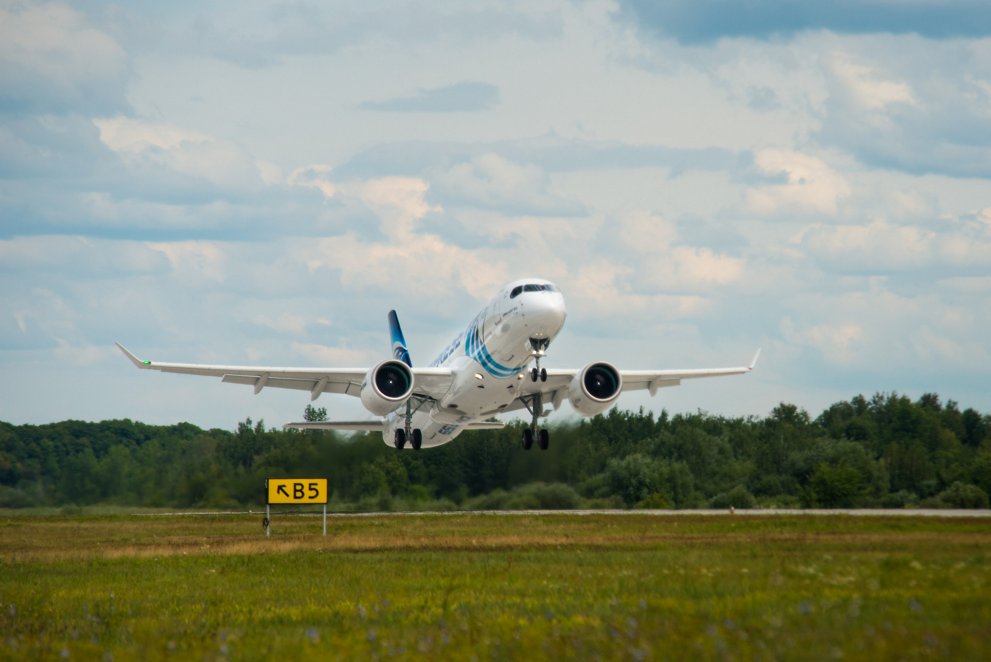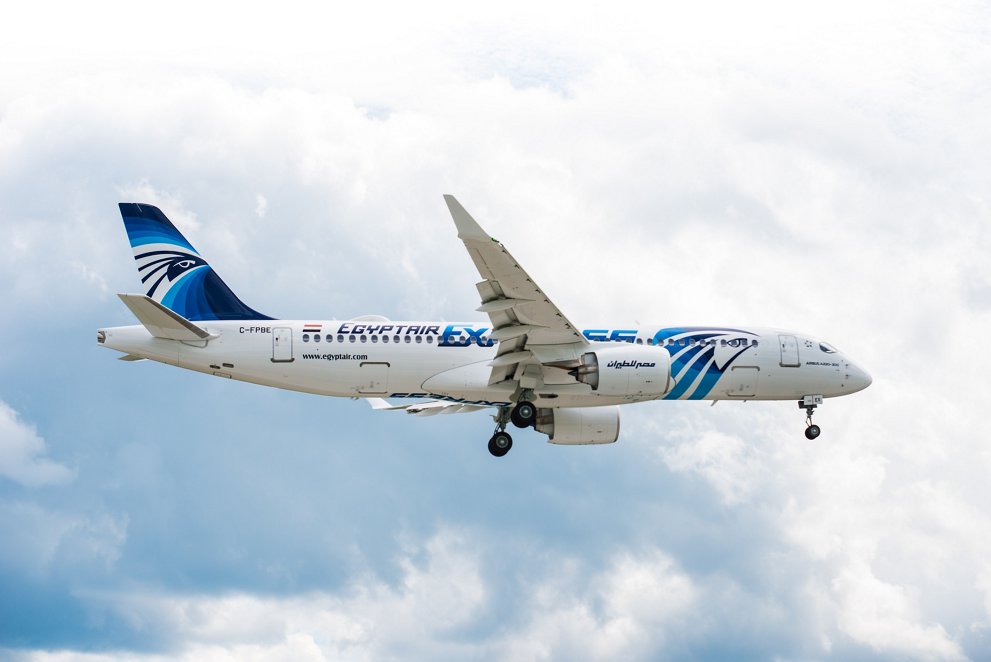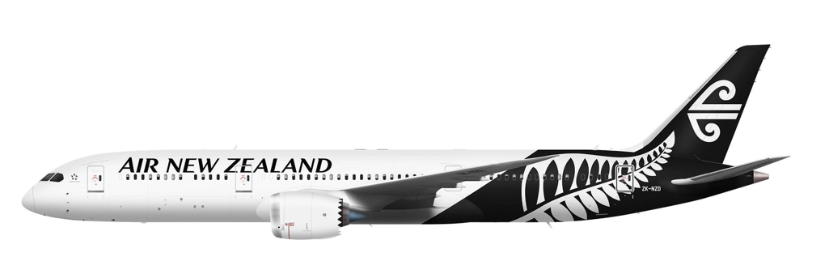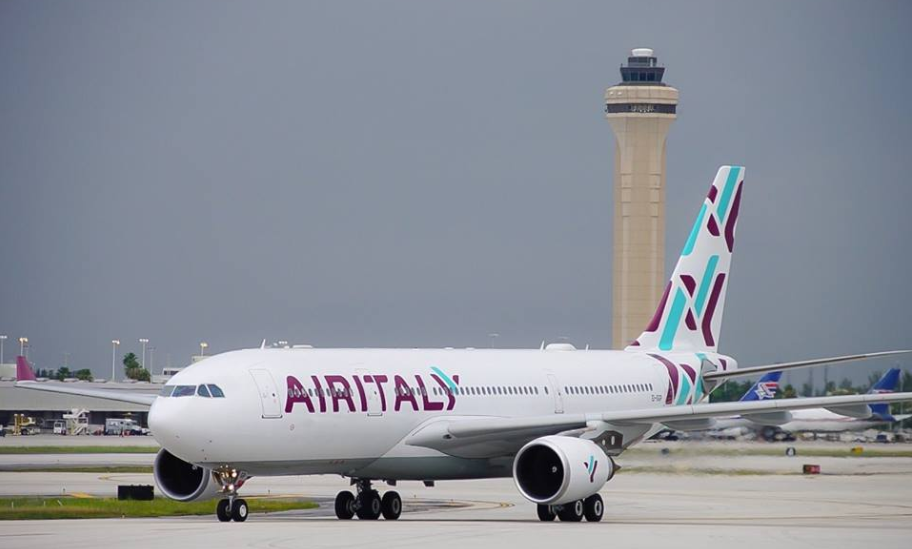Leading turboprop manufacturer’s Board of Directors approves the launch of brand new STOL version
Juan-les-Pins, 9 October 2019 – ATR, the world number one regional aircraft manufacturer, confirms it has received authorisation from its board of directors for the launch of the ATR 42-600S. With the ‘S’ representing STOL (Short Take-Off and Landing), this new version of the ATR 42-600 offers take-off and landing capabilities on runways as short as 800m with 40 passengers on board in standard flight conditions (*). This makes the ATR 42-600S the best performing aircraft in this segment.

To-date, ATR has recorded 20 commitments from operators and lessors for this ATR 42-600S variant. This includes Elix Aviation Capital as the launch lessor and Air Tahiti as the launch operator, as announced on the occasion of the Paris Air Show 2019.
The 42-600S is a brand new addition to the company’s aircraft family, alongside the founding members ATR 42-600 and ATR 72-600, and the forthcoming ATR 72-600F cargo variant. The ATR 42-600S’ certification, is expected for the second half of 2022, with the first delivery expected immediately after.
ATR Chief Executive Officer Stefano Bortoli, commented: “Adding the ATR 42-600S to our family makes total sense and paves the way for the company’s future. There is a huge potential for 50-seater aircraft and the ATR 42-600S could help airlines widen their horizons, as it can reach up to around 500 new airports across the globe. This is clear illustration of our dedication in helping more people and more remote communities benefit from being part of a connected world and in a sustainable way.”
The principal modifications for the 42-600S will concern the introduction of a larger rudder, which allows increased control of the aircraft at lower speeds. The new version will continue to use the same engine as both the ATR 42 and 72. The ATR 42-600S will, however, allow pilots to be able to select between the ATR 42 and 72 engine ratings, meaning the aircraft can use increased power for performing STOL operations, or elect to operate more efficiently with less power on longer runways. The ATR 42-600S will also be able to symmetrically deploy its spoilers to improve braking efficiency on landing. It will also come with an autobrake system which will ensure that the full braking power occurs immediately upon landing.
With this new version, ATR forecasts to expand the addressable market by 25%, targeting new routes and the 30-seater STOL segment. There is a strong interest from airlines for a new 50-seater product capable of operating in more constraint conditions. Close to 500 airports have a runway comprised between 800-1,000m and could welcome the ATR 42-600S. The launch of this aircraft will benefit both passengers and airlines thanks to the increased regional connectivity that it will bring.
*15°C airfield temperature, sea level, dry paved runway and a route of 200NM.








